You may have already visited some of them. Others are on your bucket list. There are those you've always dreamed of but never had the time to go to, and those where you can do things you never suspected you could. From Milan to Catania, here is our list of museums to see at least once in your life.

10. Museum of Illusions, Milan
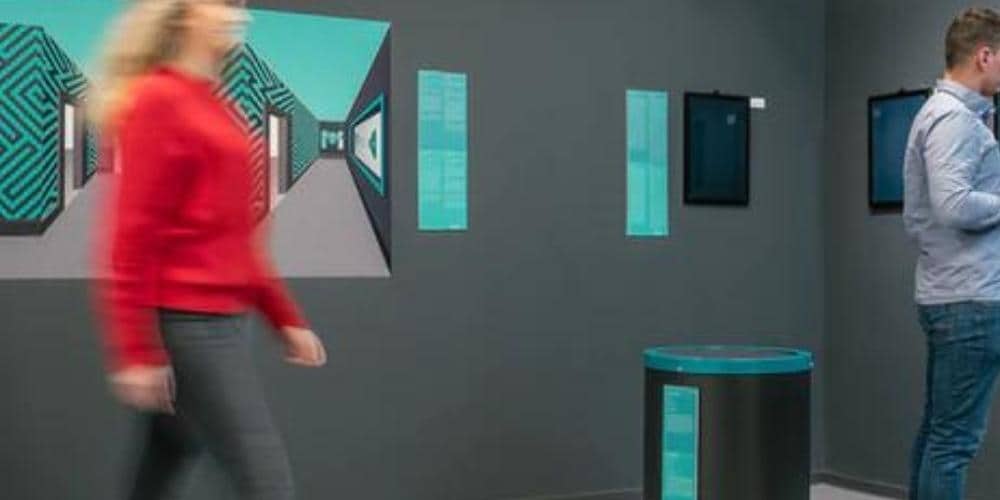
Let's start our tour with a place that will put your senses to the test: chances are you will doubt the reliability of your mind. Nothing is as it seems at the Museum of Illusions in Milan.
As you walk past the entrance in Via Luigi Settembrini, you will embark on a sensory experience that will make you dizzy, lose your balance, multiply, defy the laws of gravity, shrink, meet Einstein, lose your head and, above all, have fun.
There are more than seventy puzzles, perspective games, and optical illusions you can entertain with for about an hour (average length of visit). The Milan museum is the 33rd of its kind. From Zagreb, the first city to host it in 2015, it has toured the world (Paris, New York, Cairo and Dubai, to name a few).
The museum is open every day, and small animals can also enter. It will be an immersive and educational experience on the edge of reality.
Get your tickets9. Benedictine Monastery and Museo della Fabbrica, Catania

The perfect tour of Sicily's east coast must include Catania, a Baroque city between the blue Ionian Sea and the fire of Mount Etna. Shattered by the catastrophic eruption of 1669 and the 1693 earthquake, the 'Sicilian Athens' has risen from the ashes.
Once in town, make sure to visit the Benedictine Monastery and its Museo della Fabbrica, a UNESCO World Heritage Site since 2002. The 1558 structure was destroyed and subsequently rebuilt following natural disasters in Catania. Some of the greatest Sicilian architects took part in its reconstruction, which began in 1702.
The monastero is one of the largest abbeys in Europe and hosts the Museo della Fabbrica, an original and intriguing space that revolves around the old kitchens of the convent.
8. Ferrari Museums, Modena and Maranello
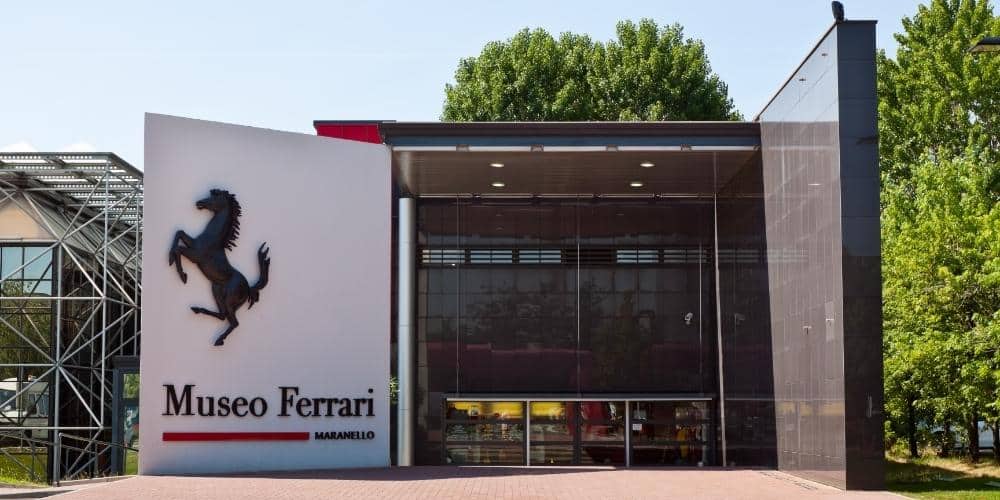
The Prancing Horse brand is one of Italy's symbols around the world. If you want to learn more about the iconic car manufacturer launched by Enzo Ferrari in 1947, then there are two places to mark on your map, both in Emilia Romagna.
The Ferrari Museum in Maranello and the Enzo Ferrari Museum in Modena tell the story of the timeless brand through its most loved and victorious cars, from Formula 1 models to road vehicles. Both are equipped with two simulators to experience the thrill of driving a Formula 1 car. It is a completely realistic experience that will take you to the most famous circuits.
A technician will explain how to use F1 paddles and gears. You can then set off on a panoramic shuttle tour of the factory (and also see the Wind Tunnel designed by Renzo Piano) and the Fiorano Circuit.
Get your tickets7. MAMbo – Museo d’Arte Moderna, Bologna
The MAMbo is located in the Manifattura delle Arti district, Bologna's artistic and cultural hub, and occupies the spaces of a former bakery dating back to 1915. Founded in 2007, the museum takes over from the Galleria d'Arte Moderna and illustrates Italian art in a thematic itinerary from the 1950s to the present day.
A journey through artistic innovation in nine stages, nine thematic areas that cover over 9000 square metres of exhibition space. While the ground floor is for temporary exhibitions, you will find the permanent collection on the first floor, with also pieces from the Museo Morandi.
The focus is on the personalities and artistic movements that have shaped the art scene in recent decades, from Renato Guttuso to Gruppo Forma 1, from Arte Povera to the most recent works that have become part of the museum.
6. National Archaeological Museum of Reggio Calabria
The Riace Bronzes are probably the best-known reason to visit, but this museum located in the heart of Reggio Calabria, also known as the National Museum of Magna Graecia, houses precious artefacts that testify to the region's Greek past.
The two bronze warriors recovered on 16 August 1972 in the waters off Riace Marina are indeed exceptionally well-preserved masterpieces of classical Greek art (they date back to the fifth century BC).
Almost two metres high and weighing 160 kg, they must have originally belonged to the same group of statues. How they ended up at the bottom of the sea remains a mystery even to scholars. Their helmets, shields and swords are now lost.
The museum was inaugurated in 1959 in a building that is one of the first in Italy designed for exhibition purposes. Inside you will find five levels containing artefacts from the Palaeolithic to the Roman era.
5. Ca' Pesaro – International Gallery of Modern Art, Venice
The International Gallery of Modern Art is housed in one of Venice's most stunning palazzi, an imposing 17th-century building overlooking the Grand Canal. The Pesaro family commissioned this masterpiece of Baroque art rich in decorations by renowned artists such as Tiepolo, Pittoni, Crosato and Bambini.
In its glorious days, Ca' Pesaro boasted a private collection of great value that included works by Tintoretto, Giorgione, Titian and Bellini. This priceless heritage was dispersed by the first half of the 19th century, mainly sold at auction by the last heir of the noble family. The Gallery of Modern Art occupies the first two floors of the building with outstanding works by Klimt, Moore, Kandinsky, Chagall, Klee and Matisse. There is also a reproduction of Rodin's The Thinker.
On the third floor, you will find the Oriental Art Museum, with about 20,000 pieces that Henry of Bourbon collected during his travels in the Far East: weapons, traditional clothes, musical instruments, woodcuts, statues and paintings.
Visit Ca' Pesaro with Venice Pass4. Museo e Real Bosco di Capodimonte, Naples
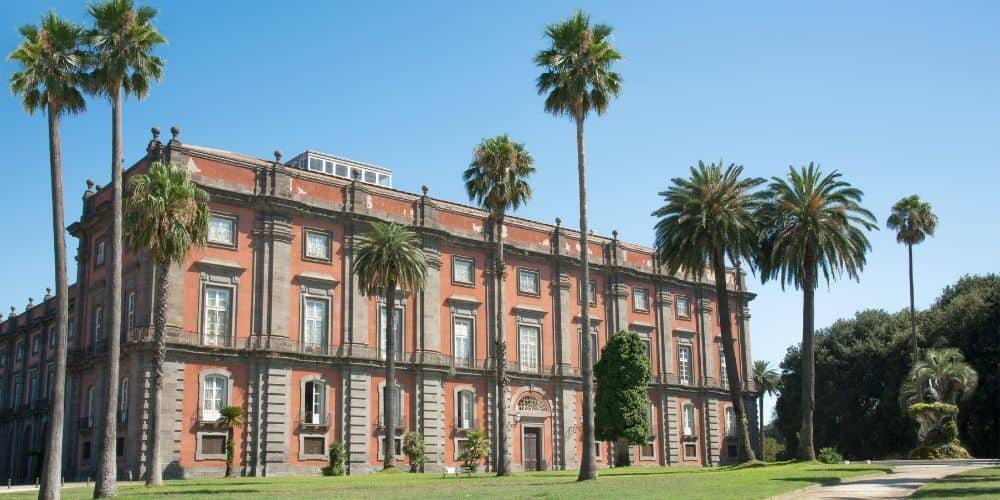
See Naples and die. Knocking on wood, Naples really is a city to visit at least once in a lifetime. The Capodimonte Museum is a must-see. This extraordinary palace was built at the behest of Charles of Bourbon in 1738 and is surrounded by 134 hectares of parkland, the royal hunting reserve.
Strolling along the beautiful avenues by architect Ferdinando Sanfelice, you will encounter statues, fountains, churches, residences and orchards. The museum was inaugurated in 1957 and contains works by Raphael, Titian and Parmigianino, among others.
Other collections include the Neapolitan Gallery, the Mele Poster Series (Magazzini Mele were an icon of Belle Époque Naples) and the Armoury, which displays weapons and armour dating from the 15th to the 19th century.
There are also 6,000 pieces of porcelain and ceramics (the Real Fabbrica di Capodimonte was a flagship of Bourbon production). Maria Amalia of Saxony's famous boudoir is among the most spectacular attractions, all in finely decorated chinoiserie porcelain.
3. Egyptian Museum, Turin
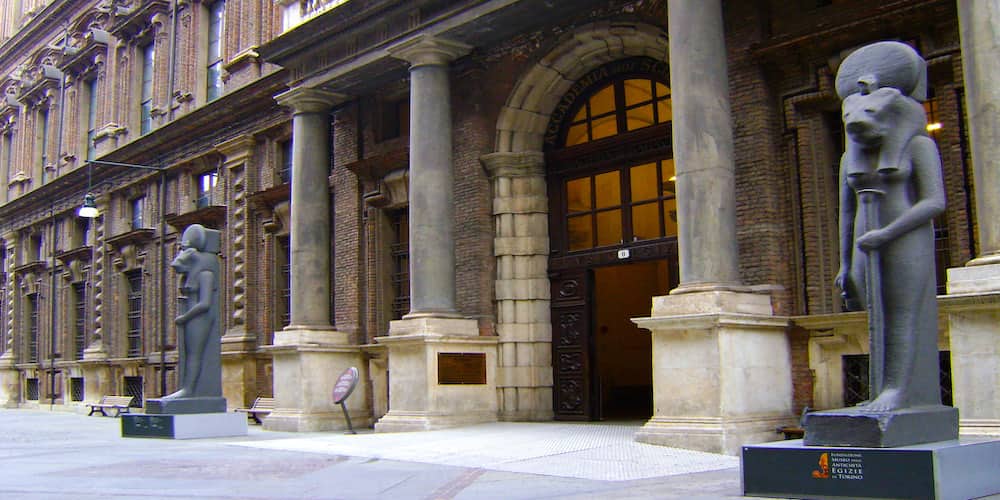
The oldest museum in the world dedicated to Ancient Egypt is in Turin, a 2-kilometre itinerary with 40,000 exhibits for 4,000 years of history. Second in prestige only to Cairo, it is the right place for a journey into one of the world's most fascinating cultures.
The Egyptian Museum was founded in 1824 in a majestic building in Via Accademia delle Scienze. Since then, the exhibition spaces have undergone continuous enlargements and renovations (the latest was in 2015). Many of the artefacts arrived during the first half of the 20th century, thanks to Ernesto Schiaparelli and Giulio Farina's archaeological excavations in Egypt.
The exhibition is truly impressive. It ranges from everyday objects, an extensive collection of papyri, statues and sarcophagi to the imposing Temple of Ellesiya and the spectacular Gallery of the Kings. In the latter room, designed by Oscar-winning designer Dante Ferretti, you will make the acquaintance of Ramses II: the pharaoh's statue, a symbol of the museum, is considered a masterpiece of Egyptian art.
Get your tickets2. Galleria dell’Accademia, Florence
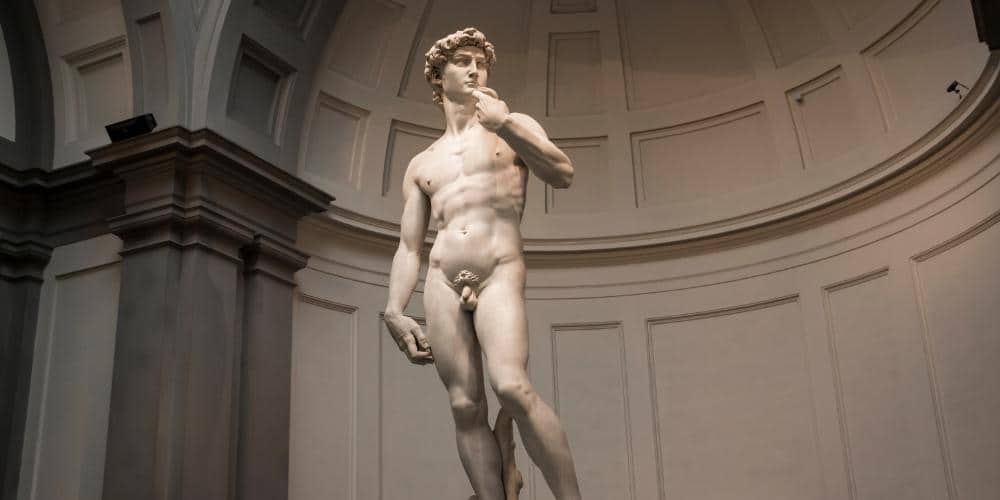
La Galleria dell'Accademia in Florence is a landmark for Renaissance art and is home to the highest number of Michelangelo sculptures globally.
Here you can admire David's marble and muscle majesty, as well as many other less famous but undoubtedly valuable works. Consider a couple of hours to make sure you visit it at its best without missing any of the treasures preserved in its halls.
In addition to 5-metre-high David (moved here from Piazza della Signoria in 1873), the gallery houses paintings from the 13th to the 19th century. Furthermore, you'll find sculptures such as Giambologna's Rape of the Sabine Women (the original plaster model) and Michelangelo's unfinished statues, a collection of musical instruments from the 18th to the 19th century, including Antonio Stradivari's cello, and the Historical Archive of sculptor Lorenzo Bartolini.
The entrance to the gallery is in Via Ricasoli and is open from Tuesday to Sunday.
Get your tickets1. Galleria Borghese, Rome
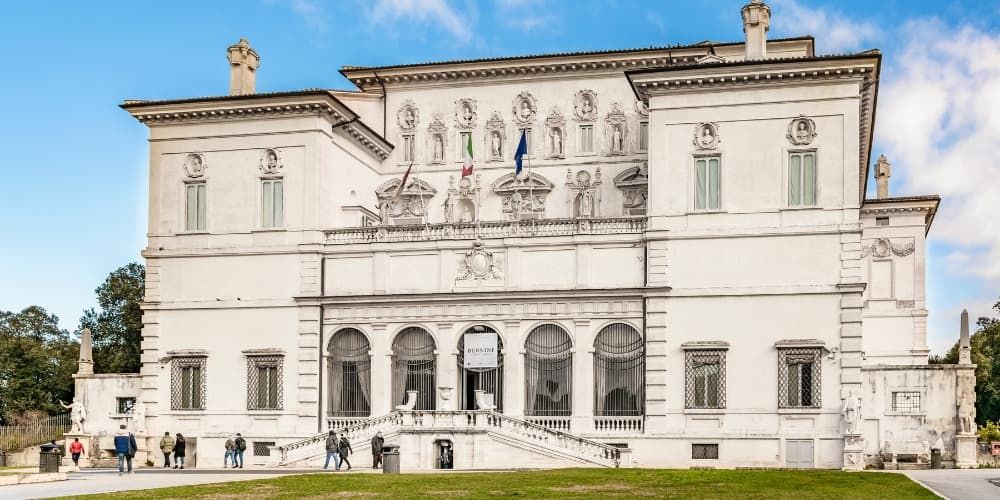
Of the many museums in Rome, the Borghese Gallery is undoubtedly one of the most exciting. Whether for the setting (a large park of about 80 hectares in the heart of the capital) or the extraordinary works of art that you will see up close, a visit to Villa Borghese is a must.
Inside, you will be face-to-face with some of the most exquisite pieces by Caravaggio, Titian, Raphael, Correggio, Bernini, or Canova. Mosaics, bas-reliefs, sculptures and paintings offer an insight into art from the 15th to the 19th century.
Twenty rooms are open to the public, plus the storerooms, a picture gallery with 260 paintings that you can visit by booking a time.
Get your tickets for Galleria BorgheseAbout the author
Written on 23/12/2021

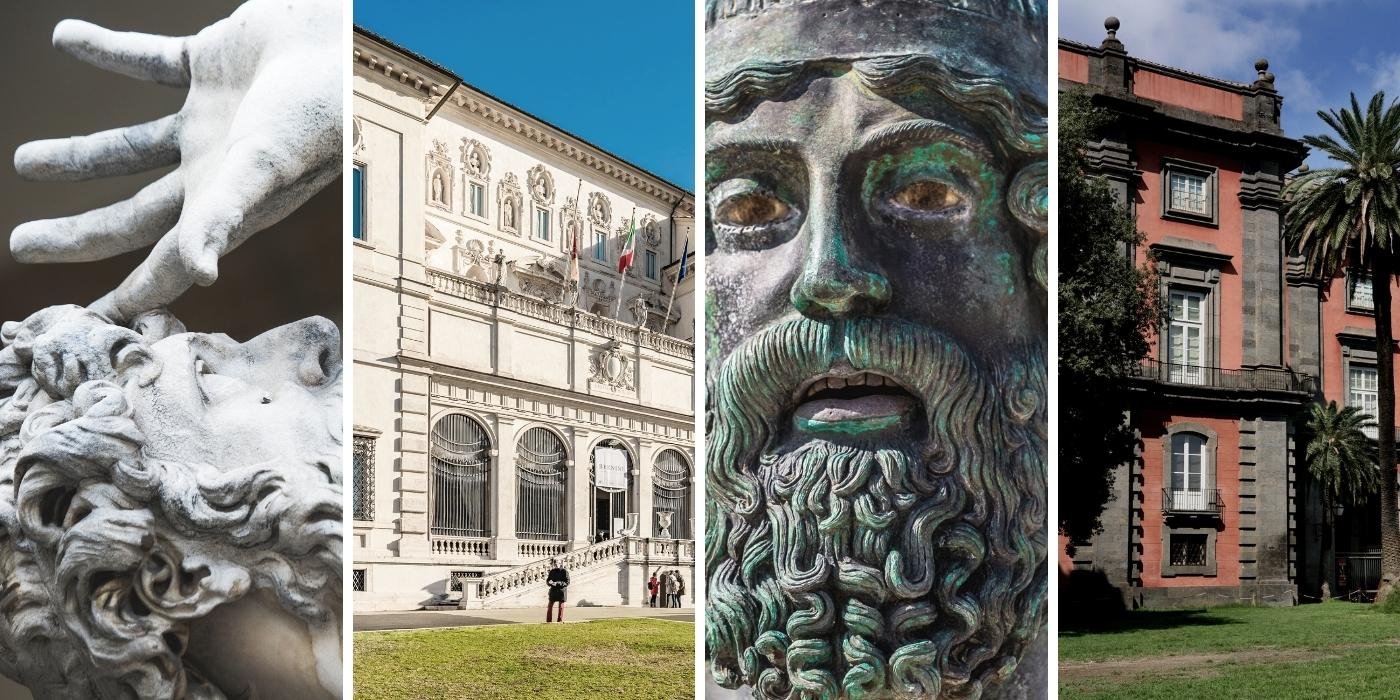
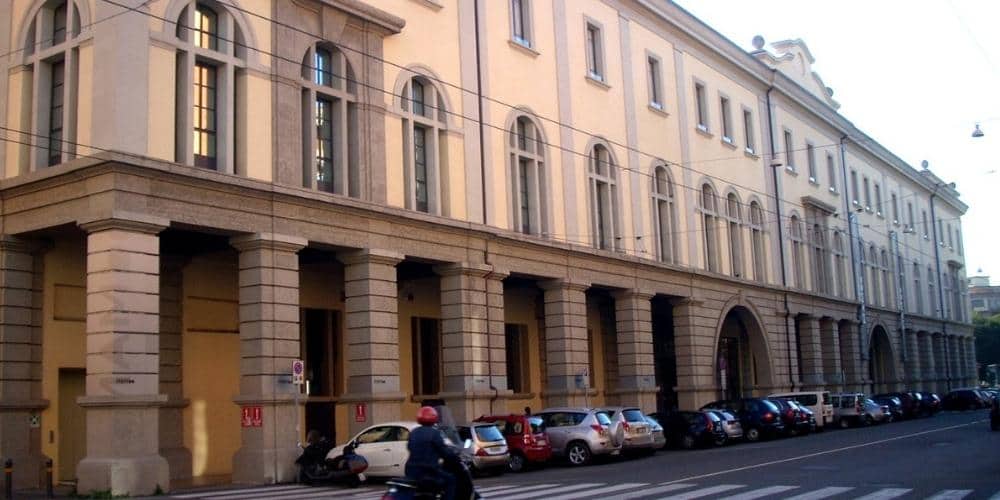
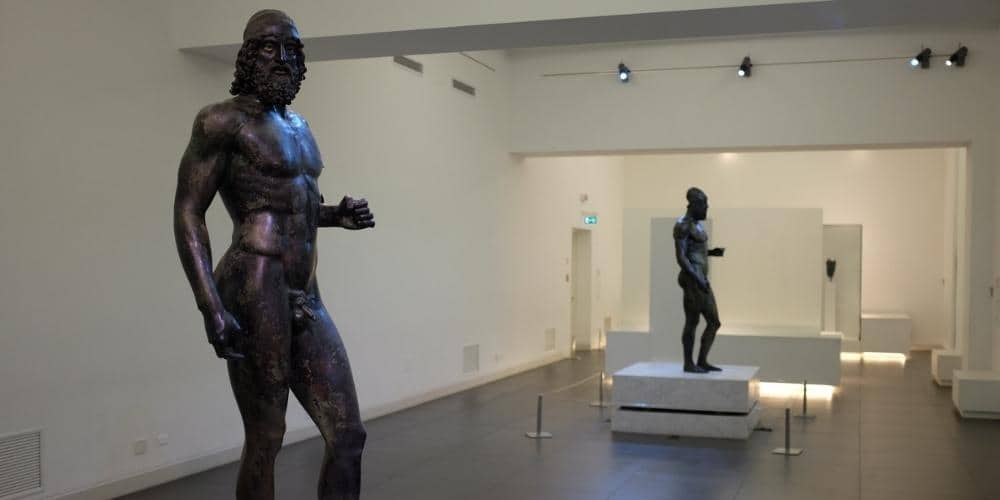
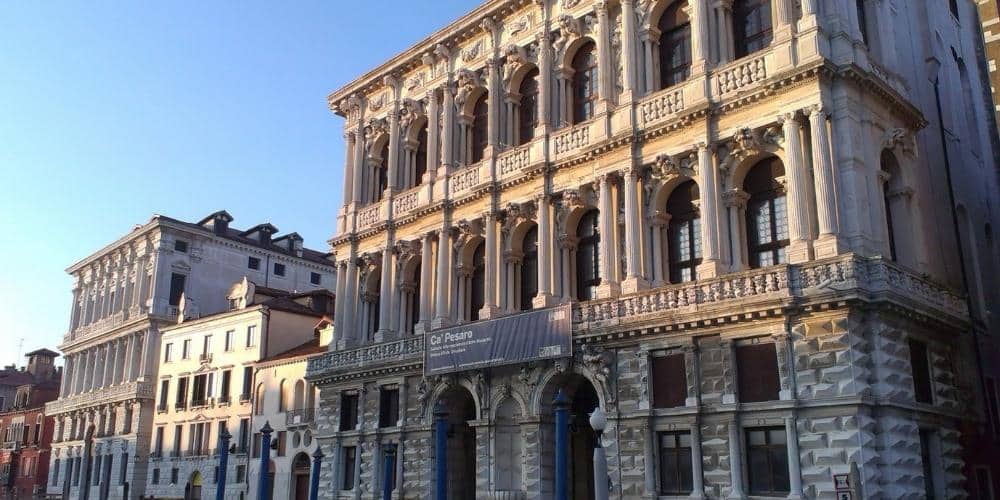

Lorena Calise
You are about to discover places that will make your head spin. Stendhal syndrome? Yes, but not quite...